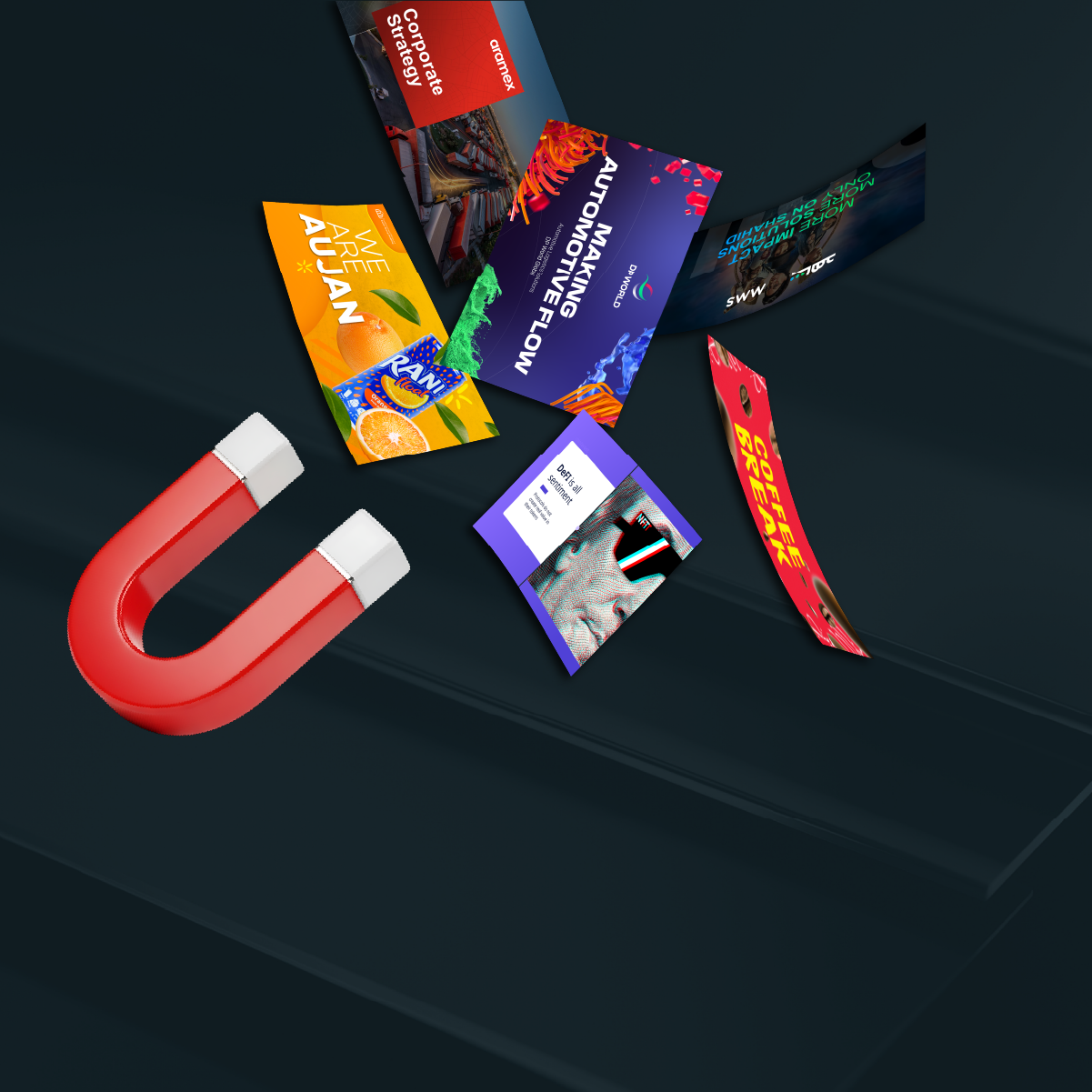Creating a beautiful PowerPoint is one thing. Creating one that resonates across borders? That’s a different ballgame.
At Rekarda, we design for audiences from Dubai to Denmark, Sydney to Singapore. And if there’s one truth we’ve learned? One-size-fits-all design rarely fits anyone. Cultural nuance isn't just a bonus—it's a must.
So here are five cultural design hacks that ensure your next deck lands globally, not just locally.
1. Rethink Your Icons and Imagery
That handshake icon? Might feel stiff or outdated in Japan. That piggy bank graphic? Not ideal in Islamic contexts where pigs are taboo. Visual metaphors that make sense in one region can confuse or offend in another.
Hack: Use universally relatable icons or localise them based on audience. Better yet, test them with native speakers or region-savvy stakeholders.
2. Be Colour-Conscious
Colour psychology isn’t universal. Red can mean power in China, danger in the West, or mourning in parts of Africa. White may scream elegance in one region and death in another.
Hack: Do a quick audit of your palette’s meanings across target cultures. Choose colours that support your message, not clash with it.
3. Design for RTL and LTR Languages
In global teams, Arabic and Hebrew audiences read right-to-left (RTL), while English, French, and most others read left-to-right (LTR). This affects layout, animation direction, even flow of storytelling.
Hack: Flip layouts and text alignment for RTL languages. Use mirrored versions of infographics, timelines, and transitions.
4. Localise Your Data Formats
12/06/25 means December 6th to some and June 12th to others. Decimal points and commas switch places. And forget showing temperatures in Fahrenheit outside the US.
Hack: Tailor date, currency, and number formats based on your audience. Localisation goes beyond language—it’s about context.
5. Keep Copy Simple (and Translatable)
Metaphors, idioms, and clever wordplay rarely survive translation. What sounds punchy in English can land flat or confusing elsewhere.
Hack: Write with clarity. Aim for language that’s direct, universal, and easy to adapt. Even if your audience speaks English, simpler often lands stronger.
Your Deck Travels Further Than You Think
Global audiences deserve design that speaks their language—visually and culturally. At Rekarda, we build decks that cross borders and bridge gaps. Because true communication isn’t just about what you say. It’s about how well it’s received.
Need a deck that lands worldwide?
Start your global presentation with us.


















































































.webp)
.avif)



